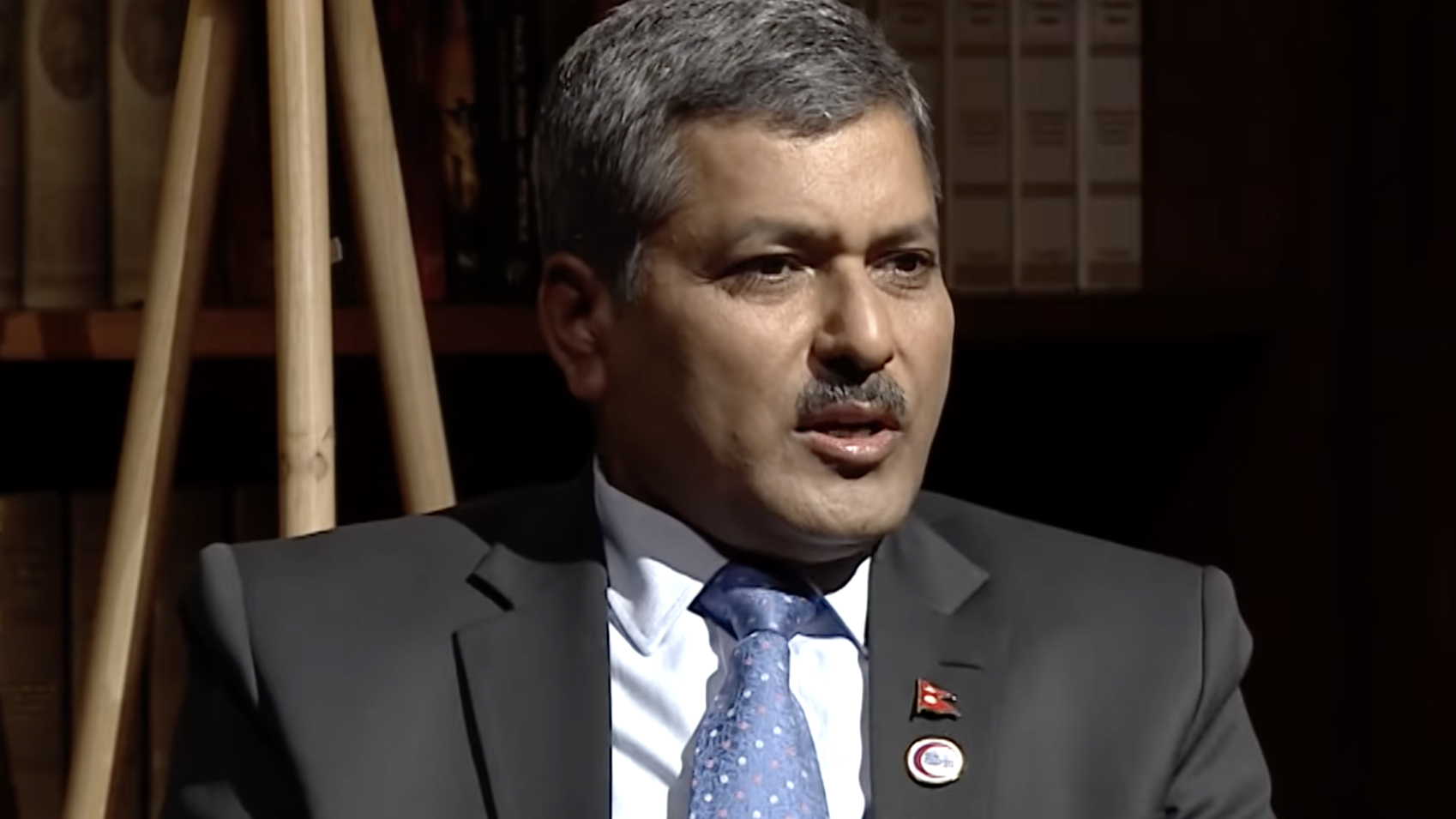Nepal's central bank governor confident FX pressures can be overcome

Maha Prasad Adhikari, governor of the central bank of Nepal, on the country’s current foreign exchange reserves crisis and the evolution of digital banking.
Q: How did the Covid-19 pandemic affect Nepal, and what steps were taken to support the economy?
A: Covid significantly impacted the economy, and there were many challenges to overcome as a central bank. Some measures included monetary stimulus to support the small and medium-sized enterprise space. We had to take measures to bring confidence to the business community.
We offered a lower interest rate to preserve public confidence. There was a provision to provide support, but this was not fully utilised because businesses have confidence in their growth potential. Other monetary moves included the reduction of the bank rate, while the cash reserve ratio was reduced by one percentage point. These changes allowed for working capital enhancement.
Career history
- Governor – Nepal Rastra Bank
- Chief Executive Officer – Investment Board Nepal
- Deputy Governor – Nepal Rastra Bank
Changes were introduced for loans. Banks were able to extend repayments from six months to one year — following the moratorium, this can be extended by another year. This has brought borrowers some relief. We have also introduced measures to subsidise credit for agriculture companies and women entrepreneurs. Banks have provided the facilities through government-subsidised loans.
The government’s roll-out of Covid vaccinations has helped with returning the economy to strength. The Central Bureau of Statistics has forecast economic growth of 5.9% for the year. This is very close to the expectations of the central bank.
Q: Nepal is currently facing a crisis of foreign exchange (FX) reserves. How can the country resolve this without seeing a situation like that in Sri Lanka?
A: The pandemic has put pressure on FX reserves. Nepal is an import-based economy and needs a good supply of foreign currency. We are in a reasonable position in terms of dollars, although levels have fallen by 18% over the previous eight months to mid-May 2022. The level of depletion is significant, but we are in a position to cover six and a half months of purchases. The challenge comes from increasing prices.
In response, we must be cautious of increasing imports. Certain items now face restrictions on being imported from abroad. We don’t see a crisis right now, but must be cautious of external factors.
Q: How are Nepal’s capital markets developing? Are more reforms needed to expedite development?
A: With respect to foreign investors and the institutional investors, we have seen greater interest since the implementation of the Foreign Investment and Technology Transfer Act 2019. This permitted investments and capital access, and provisions have been made to support international investors.
It is possible to further improve the market to attract greater levels of investment. The number of listed companies is increasing, but at present around 70% of those companies are related to the financial sector. We should encourage companies from more industries to list, as this will make it more attractive to overseas investors. As the market matures, this will also encourage foreign investors, institutional investors and the Nepalese diaspora.
Q: We have seen many countries across Asia exploring central bank digital currencies (CBDCs) in recent months. What is Nepal’s approach?
A: At Nepal Rastra Bank, we have plans to introduce a CBDC. Many countries are in the trial phase. Central banks cannot sit on traditional products alone; therefore, we are working to study how other countries have developed their CBDC. The People’s Bank of China, in particular, has already pushed ahead with this. These developments will help us with planning the direction we will take in the development of our own CBDC.
Q: Digital finance is now a mainstay of many countries in the region. How have digital payments progressed in Nepal?
A: During the pandemic we saw big advancements in digital payments. We did not see the use of QR codes for payments before the pandemic, but now they are growing in popularity with consumers. Digital payments also saw a significant increase during the pandemic, as consumers moved from cash payments to mobile and online options.


